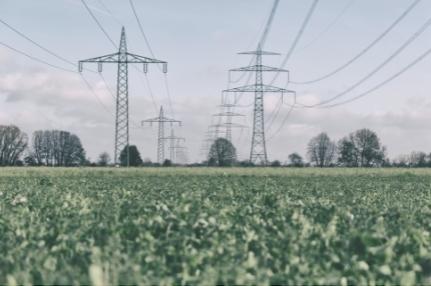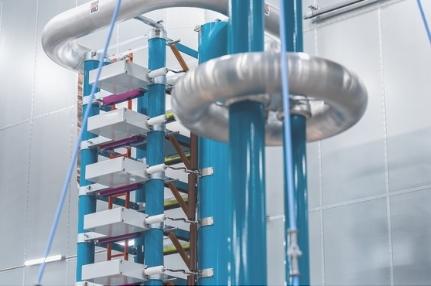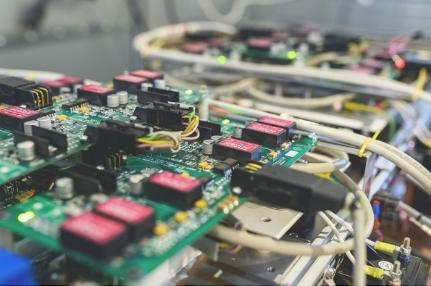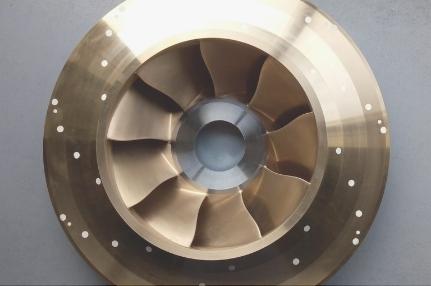Research & Collaboration
What makes us unique?
SuperGrid Institute owes its success to the people who make up our various research departments. Our teams come from diverse backgrounds in industry and academia, and their wealth of experience and skills make the Institute unique. Each individual brings specific expertise to the table.
This melting pot of knowledge offers opportunities for specialists from different fields to collaborate on new and innovative solutions to technical problems.
The Institute also benefits from close collaborative relationships with industry and academic institutions. The complementary strengths of our partners provide insights and innovative approaches to technical challenges. At the same time, we retain total independence in our research. Public-private investments and collaborative projects finance our work.
SuperGrid Institute’s state-of-the-art research facilities, test platforms and laboratories at the Villeurbanne and Grenoble sites are key to the success of our five research departments.

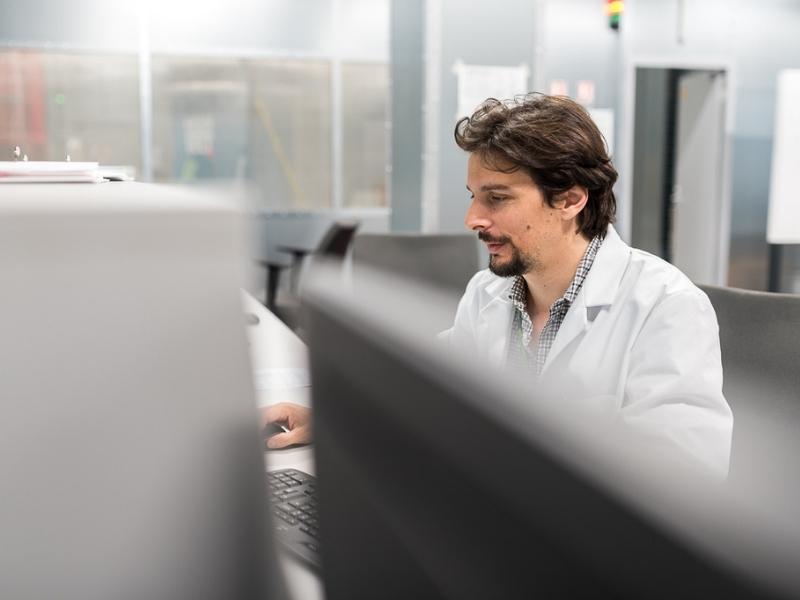
Latest scientific publications
Simulation methodology for HVDC cable accessories: focus on oscillating polarity reversal and fast transient overvoltages
The aim of this paper is to propose a time decoupled simulation method to compute the electric field in case of OPR and S/IMP without losing in result accuracy.
Modular Multilevel Converter with Embedded Energy Storage for Power Oscillation Damping and Fast Frequency Response – A case study
This paper examines the benefits on the transmission system of including additional energy storage in an HVDC link for ancillary services.
Case study of dc-MMC interconnecting two HVDC lines with different grid topologies
This paper presents a case study of a non-isolated dc-dc converter interconnecting the NordLink and Cobra cable projects.


